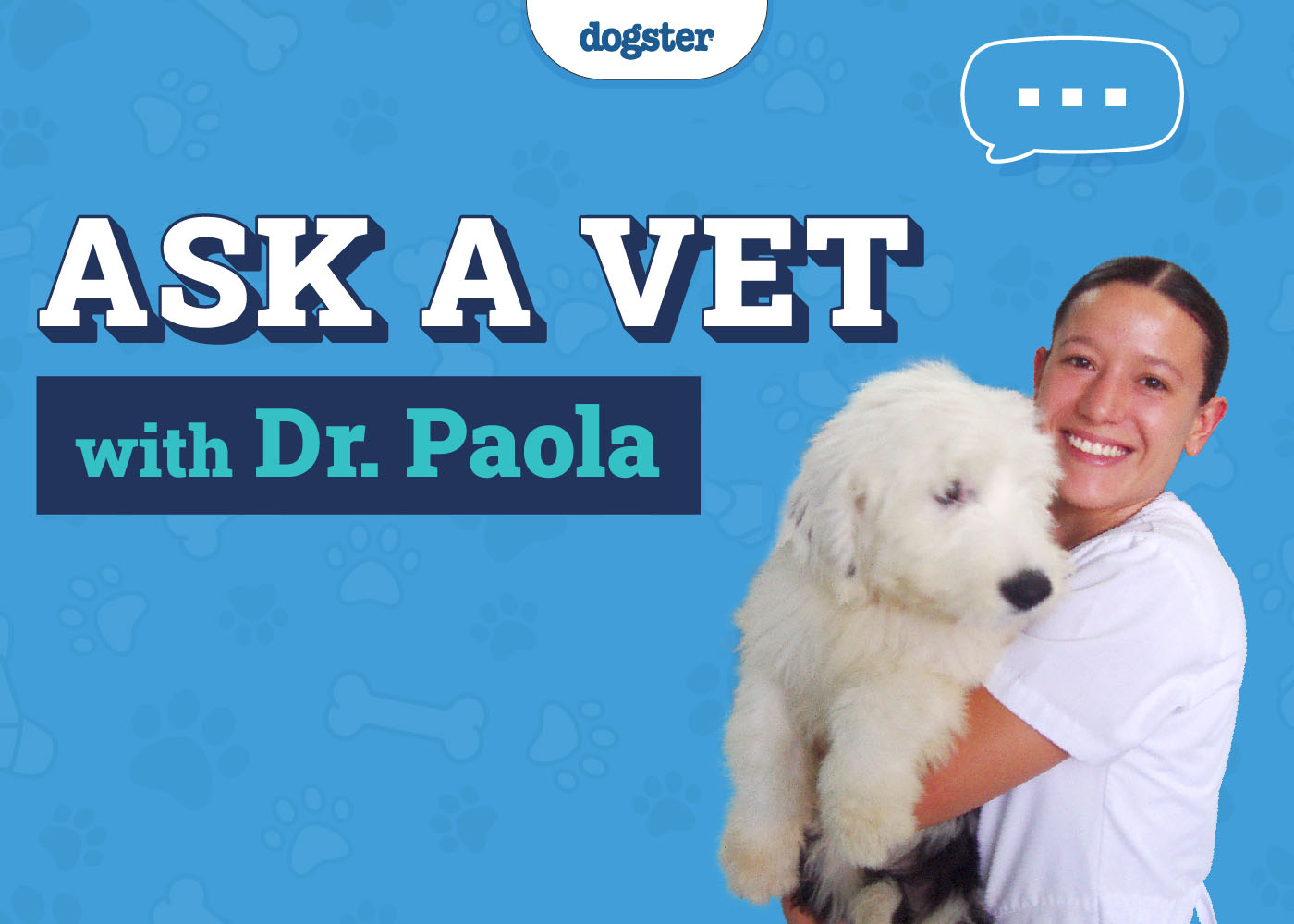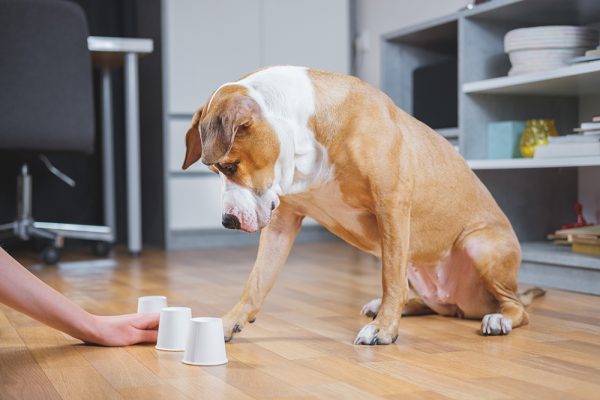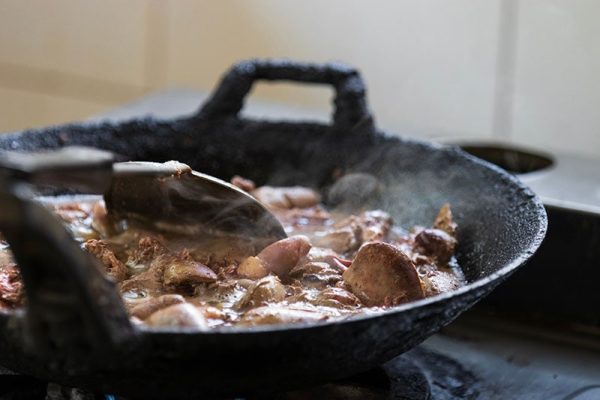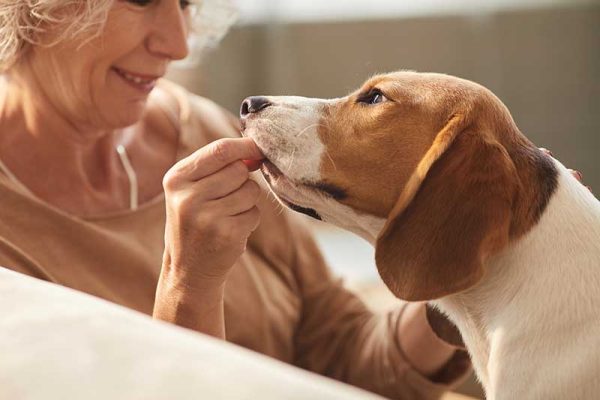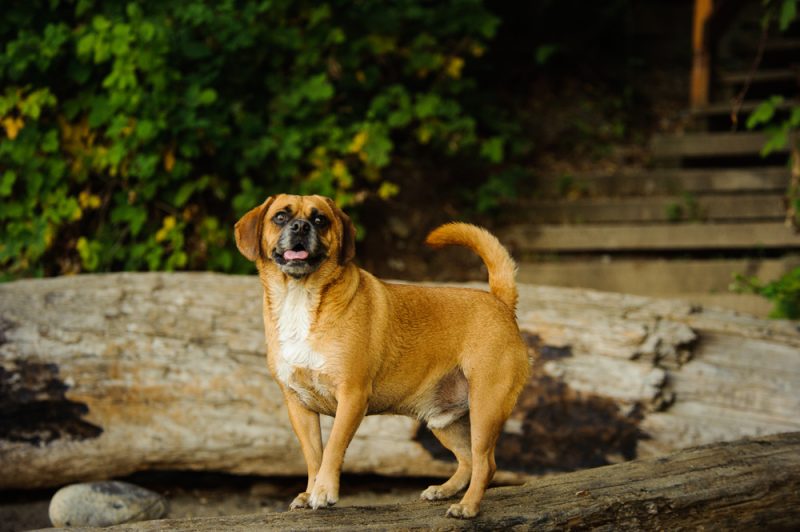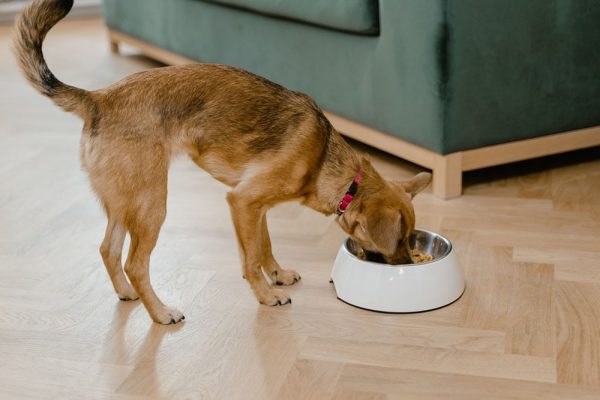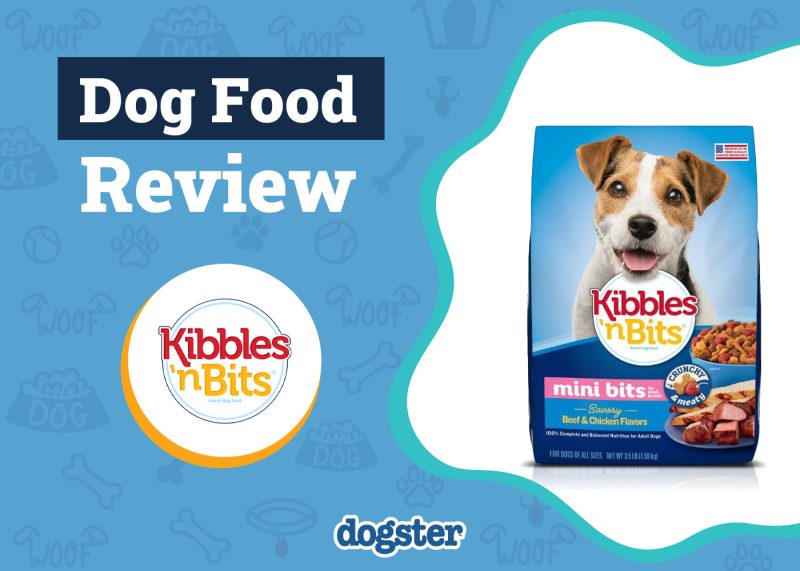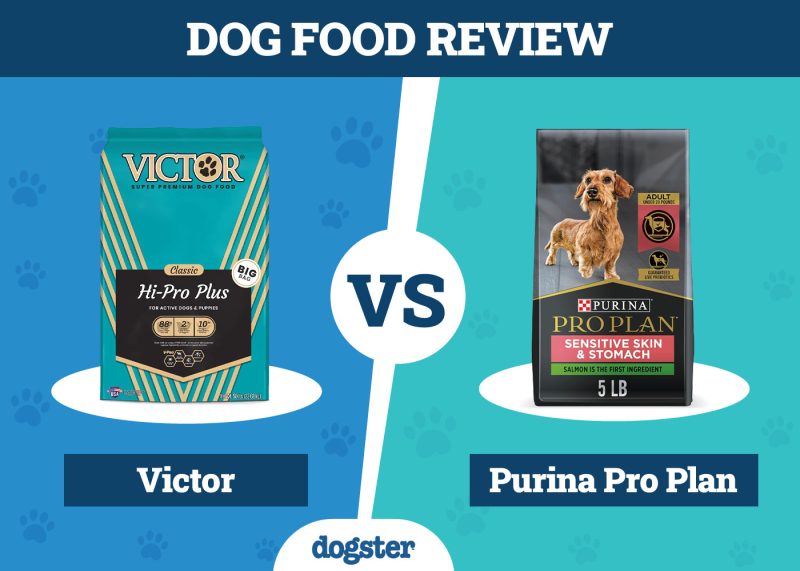Welcome to our “Ask Dr. Paola” series, where every Monday we bring expert advice straight from Dr. Paola Cuevas (MVZ) to help our readers better understand their dog’s health and well-being.
Whether you’re a new pet parent or a seasoned dog lover, Dr. Paola is here to provide answers to your most pressing questions. From nutrition tips and preventive care to troubleshooting common behavioral issues, Dr. Paola is ready to offer insights that will keep your furry friend happy and healthy. Stay tuned for expert guidance on a range of topics that matter most to you and your dog, so you can make informed decisions and provide the best possible care for your canine companion. Have a question? Send it in here!

Help! My Dog Jumps on the Couch Whenever She’s Home Alone!
“Dear Dr. Paola,
How do I keep my dog Kiki off the couch when we’re out? I’ve tried putting a pillow tower up; I’ve tried aluminium foil. She never gets invited up and is always told off if we see her up on the couch, but as soon as we leave the house, she invites herself up every time.” – Hollie
Hi Hollie,
It sounds like your dog has learned a clever little routine, and this is actually a very common situation. Dogs are opportunistic learners, and when they discover that a behavior feels good and only has consequences when you’re around, they tend to repeat it when the coast is clear. The couch is likely offering her warmth, comfort, and your scent, all of which are highly reinforcing, especially in your absence.
To prevent this habit, the most effective strategies either manage access or make the couch genuinely unappealing in your absence, all while offering a more attractive alternative. Since she’s already outsmarted foil and pillow barriers, consider using pet-safe deterrents that don’t involve punishment but help guide her choices. You can try:
- Crate training or using a designated dog-safe room when you’re not home, which removes access entirely in a humane and structured way.
- Pet-safe scat mats or upside-down plastic carpet runners with the nubby side up can be more physically uncomfortable, making the surface less appealing without causing harm.
- Providing a cozy, elevated dog bed in a preferred location. Some dogs are drawn to being up high, so giving her a spot that mimics the couch’s height and texture may redirect her behavior.
- Scented deterrent sprays formulated specifically for dogs can sometimes reduce interest, though not all dogs respond to these.
If you’d like help fine-tuning a plan that fits your setup and your dog’s temperament, feel free to book a consultation with us at PangoVet. Consistency and environmental management are your strongest allies here, and over time, she’ll learn that staying off the couch is not just a temporary rule but a standing one.
I hope this helps!
Dr. Paola

If you want real time answers to your questions, you can talk to one of our veterinarians online. Click on the image or button below:


Help! My Dog is Losing Her Hair!
“My dog Susie is losing her hair. I had her thyroid checked, and with her medication, it is working normally. What can I do about her hair loss? “ – Carol
Hi Carol,
Thank you for being proactive about Maggie’s health. Hair loss in dogs, even when thyroid levels are well-managed with medication, can have multiple causes. Hypothyroidism is a common culprit, but if her levels are stable, we need to look further. Chronic skin inflammation, allergies (either environmental or food-related), parasites like mites, or even hormonal imbalances beyond thyroid function could be contributing factors. In some cases, prolonged hypothyroidism before treatment can also lead to persistent skin and coat changes that take time to improve.
If Maggie’s skin appears dry, flaky, or irritated, or if she’s licking, chewing, or scratching more than usual, it’s important to consider dermatologic causes such as atopic dermatitis or seborrhea. Nutritional deficiencies, especially in essential fatty acids, can also affect coat quality. Ensuring that her diet is complete and balanced, ideally with veterinary guidance, can support skin health. Omega-3 supplements, for example, have evidence-based benefits for skin barrier support and inflammation control. If her coat isn’t improving or the hair loss is worsening, a thorough dermatologic workup by your veterinarian may be necessary, including skin scrapings, allergy testing, or biopsy, depending on the case.
Good luck!
– Dr. Paola

Help! My Dog Doesn’t Drink Much Water!
“Dear Dr. Paola,
Billy doesn’t drink much water at all during the day and then guzzles at night. He’s a Labrador. Is there something to worry about here?”– Sara
Hi Sara,
It’s great to see you are observing Billy’s habits so attentively. A healthy dog typically drinks about 50 to 60 milliliters of water per kilogram of body weight per day. For the average Labrador, that’s roughly 1.5 to 2 liters in 24 hours, which translates to about 0.75 to 1 ounce of water per pound of body weight in 24 hours, depending on size, activity, and diet. Measuring Billy’s total daily intake over several days can provide valuable insight. If he’s eating moisture-rich fresh or wet food, getting moisture-rich treats, or exercising less during the day, those factors could reduce his daytime thirst and shift his drinking to the evening.
It’s also worth considering environmental influences. Dogs may drink less during the day if they’re resting in a cool, quiet area or if their access to water is limited by routine or location. Increased movement, warmth, or activity in the evening could then trigger a natural spike in thirst. Subtle changes like using air conditioning during the day and having warmer indoor temperatures at night can also shift hydration patterns. It’s also possible that the water in his bowl becomes warm or stale during the day, leading him to wait until it cools down in the evening, when it’s more appealing to drink. Observing Billy’s routine and making sure fresh, clean water is always available and easily accessible throughout the day is a helpful first step.
While medical conditions such as chronic kidney disease, diabetes mellitus, or Cushing’s disease are associated with increased water consumption, these typically cause a more persistent, round-the-clock increase in thirst rather than a pattern confined to nighttime. Since Billy’s thirst is not constant, behavioral or environmental causes may be more likely. Still, if his total intake is above normal or if any other signs appear, a routine check with your veterinarian, supported by bloodwork and urinalysis, is the most reliable way to rule out early underlying disease. By keeping track of Billy’s total intake and observing his daily routine, you’ll be well-equipped to determine whether this is simply an environmental or behavioral pattern or something that merits a closer veterinary look.
Best!
Dr.Paola
- View past week’s questions here: July 21, 2025
- See our full list of past articles here
- Click here to submit a question
- Get Dr. Paola’s weekly advice sent straight to your inbox. Sign up below!


